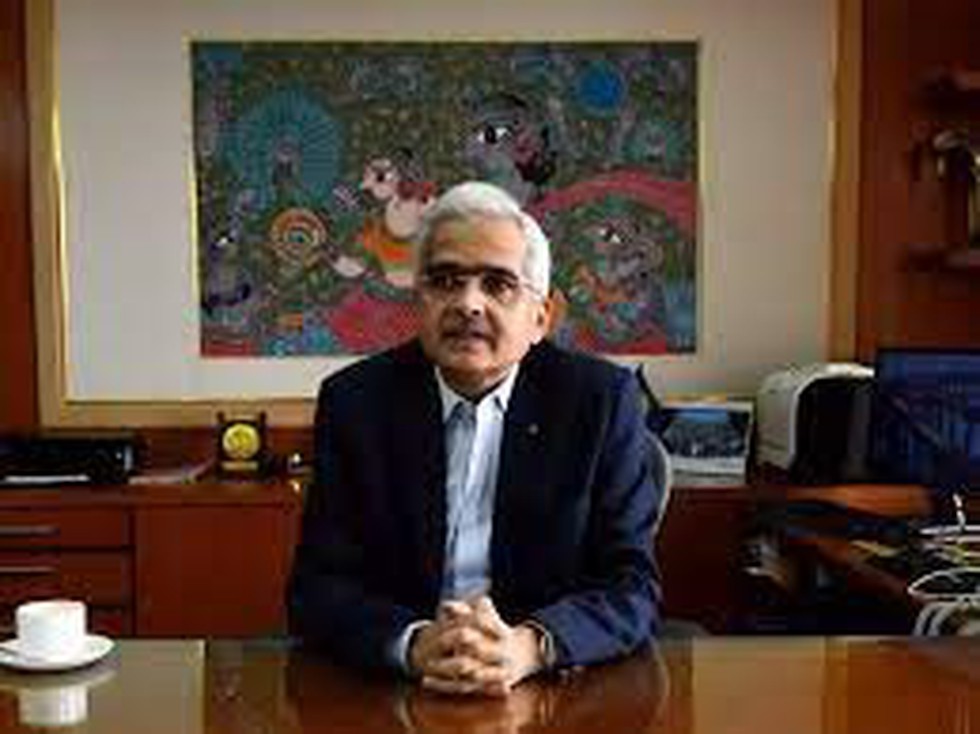
About Antardrishti dashboard:
- It provides the necessary knowledge to evaluate and track the development of financial inclusion by recording relevant data.
- It will also make it possible to assess the degree of financial exclusion at a local level across the nation so that such places may be addressed.
What is Financial Inclusion?
- It aimed to provide access to affordable and appropriate financial products and services, such as savings accounts, credit, insurance, and payment systems.
- The Reserve Bank has been promoting financial inclusion through various policy initiatives.
- To measure the extent of financial inclusion the central bank had constructed the Financial Inclusion (FI) Index in 2021.
- It is based on three dimensions of financial inclusion -- 'Access', 'Usage' and 'Quality'.
- The FI-Index has been conceptualised as a comprehensive index incorporating details of banking, investments, insurance, postal as well as the pension sector in consultation with the government and respective sectoral regulators.
- The index captures information on various aspects of financial inclusion in a single value ranging between 0 and 100, where 0 represents complete financial exclusion and 100 indicates full financial inclusion.

About Kakhovka Dam:
- It is located on the Dnieper or Dnipro River in southern Ukraine which was built as part of the Kakhovka hydroelectric power plant.
- The reservoir also supplies water to the Crimean Peninsula and the Zaporizhzhia nuclear plant
- Zaporizhzhia nuclear plant is Europe’s largest and gets its cooling water from the reservoir which is located on the southern side, now under Russian control.
- It holds water a volume about equal to the Great Salt Lake in the U.S.
Key facts about the Dnieper
- It is the fourth longest river in Europe.
- It runs a total length of 1,368 miles extending from the uplands of Russia’s Valdai Hills.
- It flows in a southerly direction through western Russia, Belarus, and Ukraine before emptying into the Black Sea.
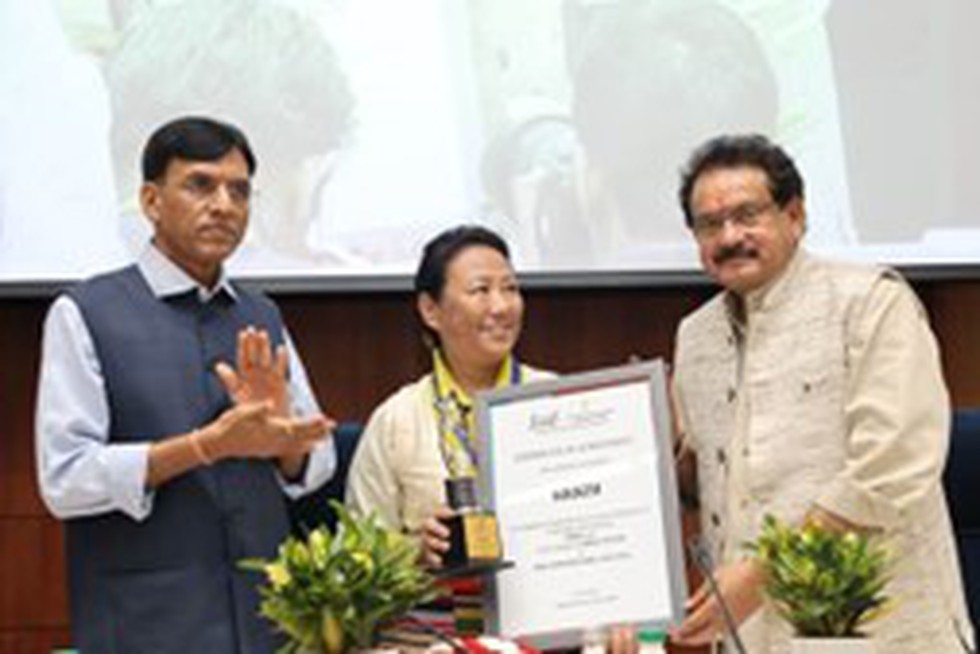
About Food Safety Index:
- The Index is an annual assessment released by the Food Safety and Standards Authority of India (FSSAI).
- It was started in 2018-19 and serves as a tool to propel States and Union Territories to enhance their performance and establish robust food safety ecosystems within their jurisdictions
- This index is based on the performance of the State/ UT on five significant parameters, namely, Human Resources and Institutional Data, Compliance, Food Testing – Infrastructure and Surveillance, Training & Capacity Building and Consumer Empowerment.
- The Index is a dynamic quantitative and qualitative benchmarking model that provides an objective framework for evaluating food safety across all States/UTs.
- Ranking of the States and Union Territories in the 2022 -23 Report
- Among the large state category: Kerala is the top-ranking state followed by Punjab and Tamil Nadu.
- Among the small states category: Goa is the top-ranking state followed by Manipur, and Sikkim in the Small States category.
- Among the Union Territories category: Jammu and Kashmir, Chandigarh, and Delhi
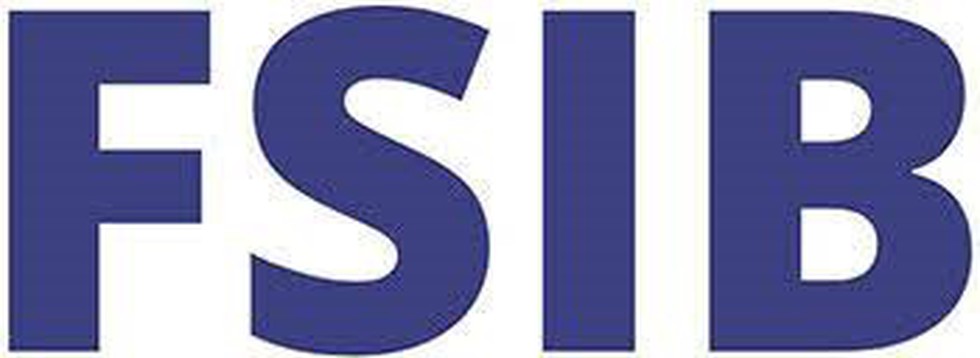
About Financial Services Institution Bureau (FSIB):
- What is it? It’s a government body set up under the Department of Financial Services (DFI) by replacing the Bank Board’s Bureau (BBB).
- Structure:
- It is headed by a chairman who is nominated by the central government.
- The board would comprise the Secretaries of the DFS, the chairman of IRDAI, and a deputy governor of the RBI.
- Additionally, it will have three part-time members who are experts in banking and three more from the insurance sector.
The Primary role of FSIB:
- To identify manpower capabilities and ensure proper selection of talent for senior positions at financial institutions owned by the government.
- It is entrusted with making recommendations for the appointment of full-time directors and non-executive chairmen of state-run financial services institutions.
- The final decision on the FSIB recommendation would be taken by the Appointments Committee of the Cabinet headed by the Prime Minister.
- It would also issue guidelines for selecting general managers and directors of public sector general insurance companies.
- It will also be involved in formulating and developing business strategies for state-run banks and helping them in their fund-raising plans.
- It would also monitor and assess the performance of public sector banks, government-owned financial institutions and insurance companies.
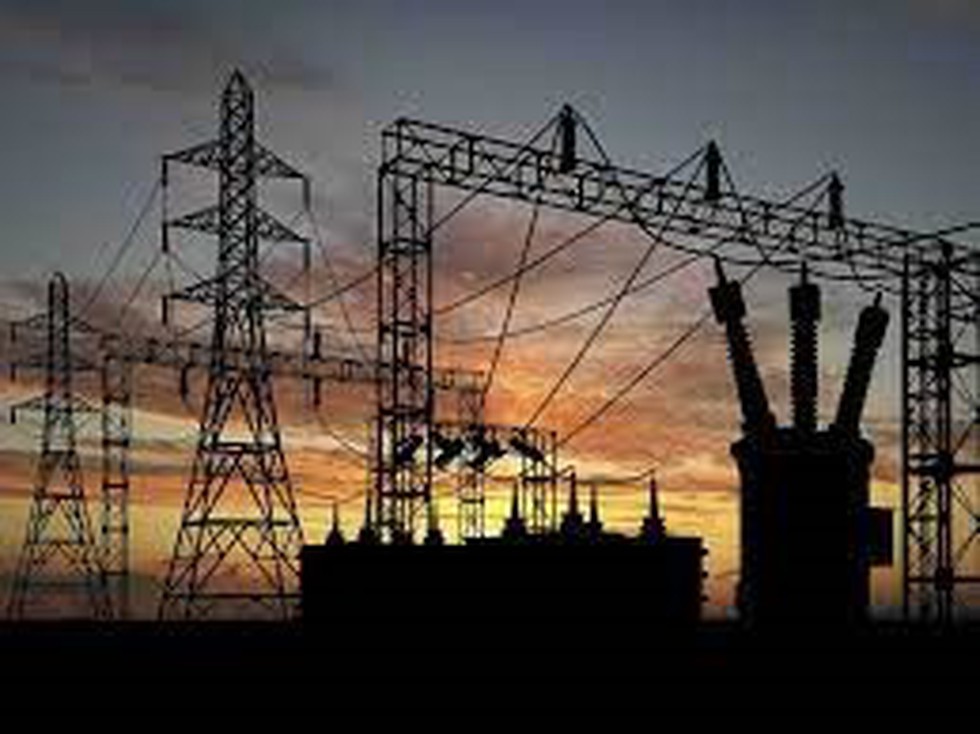
About MAHIR:
- The mission aims to quickly identify emerging technologies in the power sector and develop them indigenously, at scale, for deployment within and outside India.
- Funding:
- The Mission will be funded by pooling financial resources of the Ministry of Power, Ministry of New and Renewable Energy and the Central Public Sector Enterprises under the two Ministries.
- Additional funding will be mobilized from the Government of India's budgetary resources.
- Duration: The mission is Planned for an initial period of five years from 2023-24 to 2027-28.
- Structure of the Mission: The Mission will have a two-tier structure –
- A Technical Scoping Committee: It will be chaired by the Chairperson of the Central Electricity Authority.
- It will identify ongoing and emerging research areas globally and recommend potential technologies for development under the Mission.
- Apex Committee: It will be chaired by the Union Minister for Power & New and Renewable Energy.
- It will deliberate on the technology and products to be developed and approve the research proposal.
- Areas Identified for Research: Alternatives to Lithium-Ion storage batteries, modifying electric cookers/pans to suit Indian cooking methods, green hydrogen for mobility (High-Efficiency Fuel Cell), Carbon capture etc.
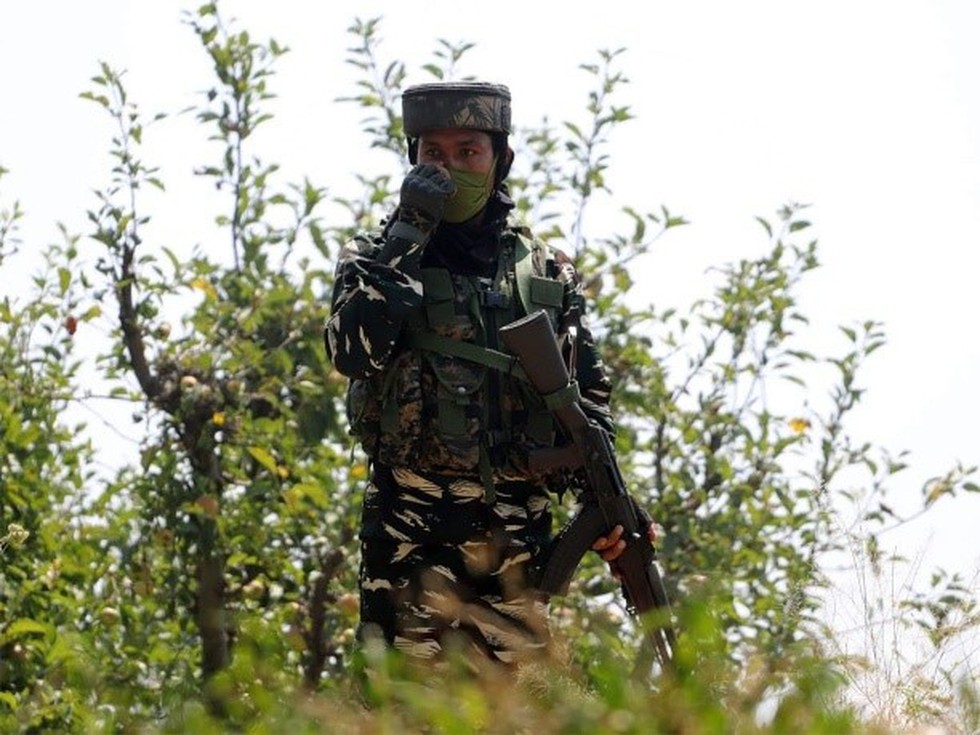
About Commando Battalion for Resolute Action (CoBRA):
- It is a specialized force which has been raised for guerilla/jungle warfare type operations for dealing with Maoist and therefore also known as ‘jungle warriors’.
- Personnel for CoBRA are selected from CRPF as CoBRA is integral part of CRPF.
- They undergo rigorous commando & jungle warfare training before being posted to CoBRA BNs for anti-Naxal operations.
- In all there are 10 CoBRA Units Raised between 2008-2011.Most of its 10 battalions are deployed for anti-Naxal operations in Chhattisgarh and Jharkhand apart from some units tasked for counter-insurgency operations in the northeastern part of the country.
What is the Central Reserve Police Force (CRPF)?
- It is the premier central police force of the Union of India for internal security.
- It functions under the authority of the Ministry of Home Affairs (MHA) of the Government of India.
- History of CRPF:
- Originally constituted as the Crown Representative Police in 1939, it is one of the oldest Central para military forces (now termed as Central Armed Police Force).
- CRPF was raised as a sequel to the political unrest and the agitations in the then princely States of India following the Madras Resolution of the All-India Congress Committee in 1936 and the ever-growing desire of the Crown Representative to help the vast majority of the native States to preserve law and order as a part of the imperial policy.
- It became the Central Reserve Police Force on enactment of the CRPF Act on 28th December 1949.
- Duties performed by the CRPF are
- Crowd control, Riot control
- Counter Militancy / Insurgency operations, Dealing with Left Wing Extremism
- Overall co-ordination of large-scale security arrangement specially with regard to elections in disturbed areas.
- Protection of VIPs and vital installations.
- Checking environmental de-gradation and protection of local Flora and Fauna
- Fighting aggression during War time
- Participating in UN Peace Keeping Mission
- Rescue and Relief operations at the time of Natural Calamities.

About Kilauea Volcano:
- It is the youngest and most active Hawaiian shield volcano, located on the southern part of the Island of Hawai'i, known as Big Island.
- It is near-constantly erupting from vents either on its summit (caldera) or on the rift zones.
- Kilauea has a large summit caldera with a central crater, Halemaumau, which is according to Hawaiian legends the home of the fire goddess Pele.
- Until 1924, it contained a lava lake.
What is a Shield Volcano?
- Shield volcanoes are a type of volcano that tend to erupt basalt lava, a type of lava that is very fluid when erupted.
- Although shield volcanoes are the largest volcanoes on Earth, they do not form soaring mountains with conical peaks like composite volcanoes. Instead, they are broad volcanoes with gentle slopes.
- Eruptions at shield volcanoes are only explosive if water somehow gets into the vent, otherwise they are characterized by low-explosivity fountaining those forms cinder cones and spatter cones at the vent.
- The Hawaiian shield volcanoes are the most famous examples.

About Bagh Print:
- It is the name of a block printing technique unique to a small village called Bagh in Madhya Pradesh.
- The craft, as well as the village, derive their names from the river ‘Baghini’ that flows through the village.
- It was started by the community of Muslim Khatris (they were converts to Islam under the influence of a Sufi saint) in 1962 when they migrated from Manawar to Bagh.
- Weaving and hand block printing process with the geometric designs, imaginative use of red and black natural colours and taking advantage of the chemical properties of the river and effective use of colours results in Bagh Prints in a unique art form.
- Features:
- In this printing technique, the cloth used is cotton and silk cloth which, are subject to the treatment of a blend of corroded iron fillings, alum and Alizarin.
- The designs are patterned by skilled artisans.
- They are created using natural dyes, which are eco-friendly and non-hazardous.
- On completion of the printing process, the printed fabric is subject to repeated washing in the flowing waters of the river and then dried in the sun for a specific period to obtain a fine luster.

About Pension Fund Regulatory and Development Authority (PFRDA):
- It is a statutory regulatory body set up under PFRDA Act enacted in 2014.
- Objective: To promote old age income security by establishing, developing, and regulating pension funds and to protect the interests of subscribers to schemes of pension funds and related matters.
- It comes under the jurisdiction of the Ministry of Finance.
- Headquarters: New Delhi
- Composition: It consists of a Chairperson and not more than six members, of whom at least three shall be Whole-Time Members, to be appointed by the Central Government.
- Functions:
- Regulate National Pension System (NPS) and other pension schemes to which PFRDA Act applies;
- Establish, develop and regulate pension funds;
- Protect the interest of pension fund subscribers;
- Register and regulate intermediaries;
- Laying down norms for management of corpus of pension funds;
- Establish grievance redressal mechanism for subscribers;
- Settle disputes among intermediaries and also between intermediaries and subscribers;
- Train intermediaries and educate subscribers and the general public with respect to pension, retirement savings, and related issues;
- Call for information, conduct inquiries, investigations, and audit of intermediaries and other entities connected with pension funds;
Key Facts about National Pension System (NPS):
- It is a government-sponsored pension scheme launched in January 2004 for government employees.
- It was opened to all sections in 2009.
- NPS is mandatorily applicable to Central Government employees (except Armed Forces) recruited on or after 01.01.2004.
- Under NPS, a subscriber can contribute regularly to a pension account during her working life, withdraw a part of the corpus in a lumpsum and use the remaining corpus to buy an annuity to secure a regular income after retirement.

About Trade Receivables Discounting System (TReDS) platform:
- It is an electronic platform for facilitating the financing/discounting of trade receivables of Micro, Small, and Medium Enterprises (MSMEs) through multiple financiers.
- These receivables can be due from corporates and other buyers, including Government Departments and Public Sector Undertakings (PSUs).
- Purpose: To allow MSME sellers to discount invoices raised against major corporations, which helps them manage their working capital demands. The platform enables MSMEs to receive payments more quickly.
- Participants:
- Sellers, buyers, and financiers are the participants on a TReDS platform.
- Only MSMEs can participate as sellers in TReDS.
- Corporates, Government Departments, PSUs, and any other entity can participate as buyers in TReDS.
- Banks, NBFC - Factors, and other financial institutions, as permitted by the RBI, can participate as financiers in TReDS.
- RBI has not made it compulsory for any buyer, seller, or financier to participate in TReDS.
- The Government has made it compulsory for certain segments of companies to mandatorily register as buyers on the TReDS platform(s). The government directive, however, does not make it compulsory for these entities to perform transactions in TReDS.
- How does TReDS work?
- Creation of a Factoring Unit (FU)- standard nomenclature used in TReDS for invoice(s) or bill(s) of exchange - containing details of invoices/bills of exchange.
- Acceptance of the FU by the counterparty- buyer or the seller, as the case may be;
- Bidding by financiers;
- Selection of best bid by the seller or the buyer, as the case may be;
- Payment made by the financier (of the selected bid) to the MSME seller at the agreed rate of financing/discounting;
- Payment by the buyer to the financier on the due date.
What are Trade receivables?
- Trade receivables are defined as the amount owed to a business by its customers following the sale of goods or services on credit.
Source : RBI expands scope of TReDS, includes insurers as participants



.jpg)
.png)
























































































































































.png)
.png)
.png)
.png)
.png)


.png)
.png)
.png)





.png)
.png)






.png)
.png)
.png)
.png)
.png)
.png)
.png)
.png)
.png)

.png)







.png)
.png)


.png)
.png)
.png)


.png)

.png)
.png)





.jpg)

.png)
.png)


.png)

.png)
.png)
.png)

.jpg)

.jpg)


.png)

.png)
.png)
.png)
.png)
.png)
.png)
.png)
.png)
.png)
.png)




.png)

.png)





.png)
.png)
.png)
.png)
.png)
.png)
.png)
.png)
.png)
.png)
.jpg)
.jpg)

.png)
.png)
.png)
.png)
.png)
.png)
.png)
.png)
.png)
.png)
.png)
.png)
.png)
.png)
.png)
.png)
.png)
.png)
.png)
.png)
.png)


.png)
.png)

.jpg)


.jpg)
.jpg)
.jpg)
.jpg)
.jpg)

.jpg)








.jpg)
.jpg)
.jpg)
.jpg)
.jpg)

















.jpg)
.jpg)







.jpg)


















.jpg)
.jpg)






























































































.jpg)
.jpg)


























.jpg)

.jpg)










.jpg)








.jpg)




.jpg)










.jpg)


















.jpg)












































.jpg)














.jpg)
.jpg)
.jpg)





.jpg)

.jpg)
.jpg)





































































.jpg)


































.jpg)
.jpg)
















































.jpg)












.jpg)


.jpg)




.jpg)
.jpg)
.jpg)

.jpg)
.jpg)
.jpg)
.jpg)

.jpg)
.jpg)
.jpg)

.jpg)
.jpg)
.jpg)
.jpg)
.jpg)
.jpg)
.jpg)
.jpg)

.jpg)


.jpg)
.jpg)
.jpg)
.jpg)
.jpg)
.jpg)
.jpg)
.jpg)
.jpg)
.jpg)











.jpg)
.jpg)





.jpg)
.jpg)
.jpg)
























.jpg)
























.jpg)









.jpg)
.jpg)







.jpg)
.jpg)









































.jpg)
.jpg)
.jpg)
.jpg)
.jpg)

.jpg)
.jpg)
.jpg)
.jpg)
.jpg)


.jpg)
.jpg)
.jpg)
.jpg)
.jpg)

.jpg)
.jpg)
.jpg)
.jpg)
.jpg)
.jpg)
.jpg)
.jpg)
.jpg)
.jpg)
.png)

.png)
.png)

.png)
.png)
.png)
.png)


.jpg)
.jpg)

.jpg)
.jpg)
.jpg)

.png)
.png)
.png)
.png)
.png)
.png)
.png)

.png)
.png)
.png)
.png)
.png)
.png)
.png)
.png)
.png)
.png)





































































-min.png)



.png)




.png)








































